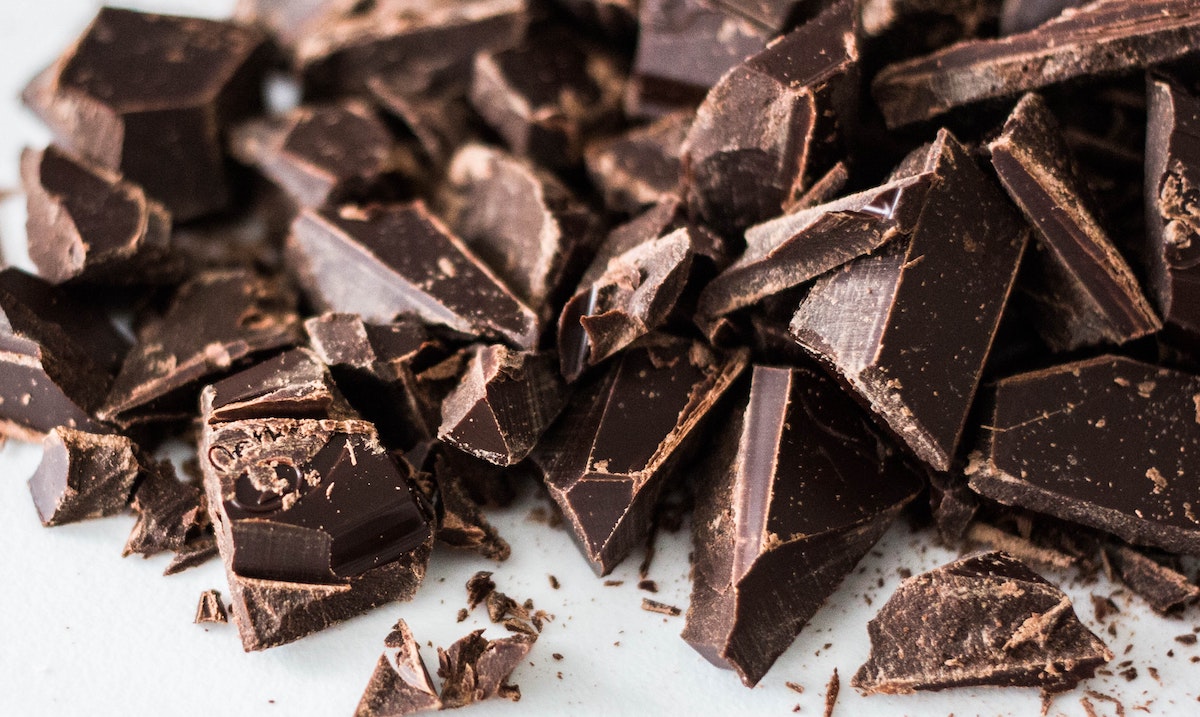Don't buy cheap chocolate on Halloween
In a few days lots of kids will go crazy about their costumes, and all the candies they are going to collect and eat. Please, don’t buy cheap chocolate.
One key ingredient of chocolate is cacao beans. Cacao is many times sourced from poor farmers in underdeveloped countries. Since cheap chocolate usually sells… cheap, margins are low. In this business you need to sell large quantities of cheap chocolate to turn out a reasonable profit.
In high-volume businesses, small cost savings translate in large increases in gross margin. In the case of cheap chocolate, you can either reduce the cocoa in your chocolate and replace it with artificial flavoring, or you can lower your cacao sourcing costs. If you are in this business, you’ll probably do both.
Reducing the percentage of cacao in chocolate bars
There is regulation that specifies the minimum cacao as a percentage of total chocolate paste. For example, if you want your product to be called “milk chocolate”, then each chocolate bar must have a minimum of 25 percent of cacao, without considering almonds and other add ons. The percentage for specific types of chocolate varies from country to country1.
Below a specific percentage, in some countries you cannot longer name a product chocolate bar. So producers use wording like chocolate candy instead, or something similar. Because anything with so little cocoa will barely taste as chocolate, producers add generous amounts of artificial flavors and other ingredients to compensate.
For example, here in Peru, if your product has less than 25 percent of cacao, you would call it chocolate flavored candy (“golosina con sabor a chocolate”), but not chocolate bar or chocolate. Of course, this denomination would go in a very small print on the packaging. Also, you would find a lot of “nutritional facts”, but rarely the percentage of cacao for this kind of product.
The problem with chocolate candy—in contrast with chocolate bars—is that you are barely consuming any cacao, which is what’s healthy about the chocolate. A better name would be something like sugar, fat, artificial flavor bar with added cacao.
Cheaper sourcing
Cacao beans farming usually happens in rural areas in developing countries. Sourcing chocolate for cheap means that the traders will buy cacao from farmers without giving a damn about what happens to those farmers. For example, some countries are trying to establish a floor price for cocoa, in an effort to end or at least reduce child labor in the chocolate industry.
Cacao bean farmers, knowing that they are not going to get paid much, only plant the cheapest variaety of cacao. This is not a problem up the chain, because the chocolate candy that will use this kind of beans are heavily flavored with artificial ingredients.
The dark chocolate industry is, by contrast, not so dark. There are many small-batch chocolate producers and cocoa bean sourcers that have embraced responsible practices. Many of them embrace the Fairtrade guidelines, and some of them go beyond and embraced direct trade, financial transparency, and open books.
I’m aware that not buying cheap chocolate on Halloween with not solve any long-term problem. I intend to raise awareness of a latent problem that the candy industry is very efficient at hiding. Do your research and arrive at conclusions of your own. Chocolate candy is not sweet at all.
HT to Seth Godin who does a much better job at raising awareness of this situation.
-
Search for cacao in this FAO website for some reference percentages. ↩
